Menu
Lichens are fascinating and often misunderstood. When homeowners notice these growths on the bark of trees, it raises concerns about the health of their yard. If you notice lichens on your trees, consult a professional for pertinent information guaranteed to put your mind at ease. As a professional tree care company, the Driscoll Tree Service can help you understand what lichens are, their causes, whether they threaten trees, and if any action is needed.

Lichens are a complex symbiotic relationship between a fungus and an alga. This partnership creates a unique organism that can thrive in various environments, including tree bark. Lichens are diverse, coming in different shapes, colors, and sizes. Although they are not plants, they are a combination of two distinct organisms working together. The fungus provides structure and protection, while the alga conducts photosynthesis, producing food for both.
Lichens grow on trees primarily because of favorable environmental conditions. Like most fungi, they are commonly found in areas with clean air, adequate sunlight, and sufficient moisture. Tree bark provides an excellent environment for lichens to attach to and thrive on. Despite this relationship, lichens do not harm trees, so you don't have to worry about health concerns or tree removal emergencies. Instead, they show a healthy environment, as they are susceptible to air pollution and will not grow in contaminated areas.
The most common question homeowners as tree service providers is whether lichens are harmful. As mentioned, lichens do not harm the trees they grow on. They do not penetrate the bark or draw nutrients from the tree. They use the tree's surface to live without risking diseases, decay, or structural damage. Therefore, their presence should be something other than a cause for alarm and frequent maintenance calls to a local tree care company.

Now that you know about lichens, it is unnecessary to remove them. Attempting to remove lichens can increase susceptibility to diseases and pests. In addition, using chemicals to remove lichens can harm the tree and the surrounding environment. Certified arborists often recommend leaving lichens alone and appreciating their presence as a sign of a healthy ecosystem.
While lichens are not harmful, their sudden increase may sometimes show underlying issues. If a tree is already stressed because of poor health, it might become more susceptible to lichen growth, prompting a tree service call. You should monitor the overall health of your trees, looking for signs such as dead branches, leaf discoloration, or reduced growth. If any of these symptoms are present, it is advisable to consult a professional to assess the tree's condition and recommend lasting solutions like tree removal in case of severe deterioration.
Lichens on trees are a natural and often beneficial part of the environment. They are not harmful to trees, and their presence shows good air quality and a healthy ecosystem. It is advisable to focus on maintaining the overall health of your trees and enjoy the unique beauty that lichens bring to your landscape. If there are health concerns, contact the experts at the Driscoll Tree Service. Our certified can assess all the crucial aspects and tailor a solution that protects the tree without risking your landscape's wellbeing.
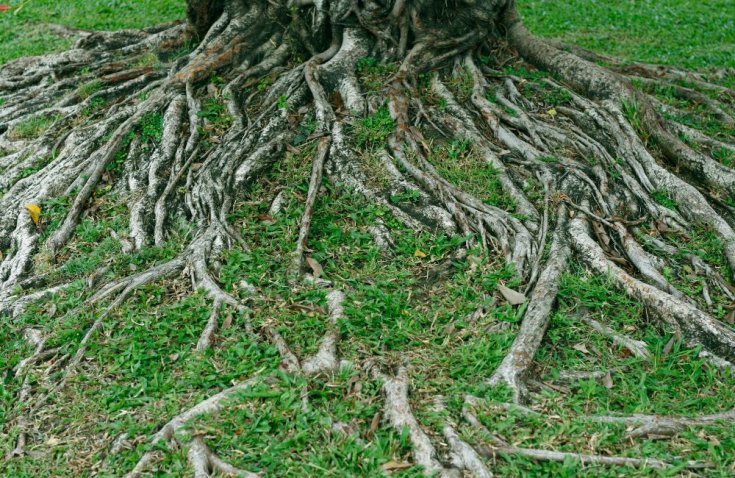
Caring for Your Tree’s Roots Planting a tree is a long-term investment, as most trees take several years to grow to their potential. While there are many ways to maintain maximum health, such as tree pruning and trimming, managing its…
Read More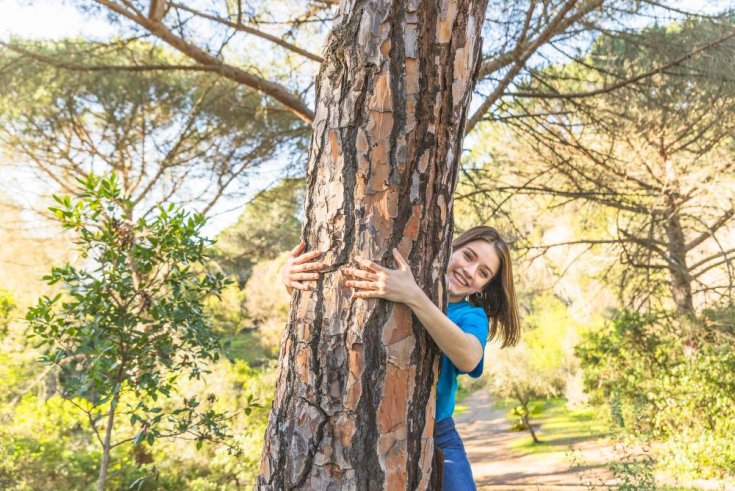
Why Topping is Harmful for Trees Tree topping is often regarded as a controversial practice in arboriculture. This haphazard tree trimming exercise often causes severe disfigurement, compromising the overall aesthetics of your landscape. While tree topping offers a quick solution…
Read More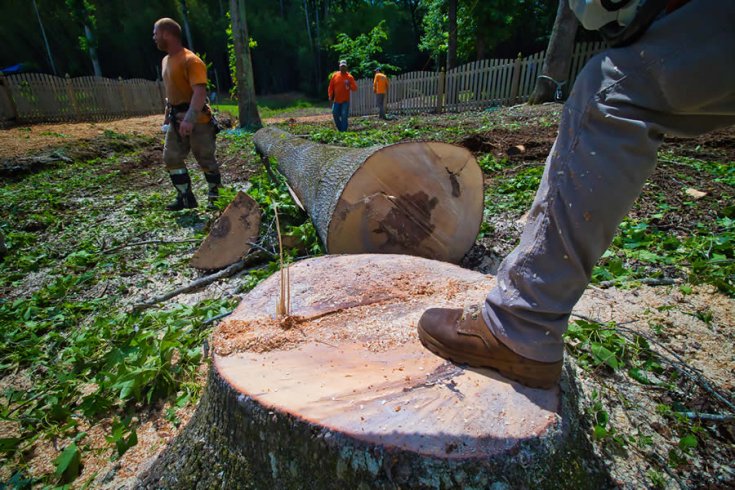
What's The Right Time of Year to Remove Trees? Trees provide a range of benefits to your property and the ecosystem. Whether it is enhancing curb appeal and giving shade or cleaning the air, the value of trees can’t be…
Read More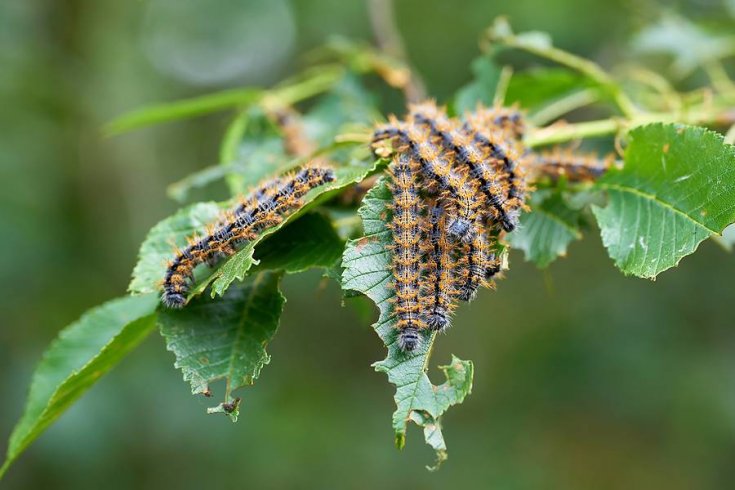
Things That Might Kill Your Beautiful Trees Homeowners strive to have a gorgeous yard with stunning trees. However, routine care is essential to maintain optimal health and longevity. At Driscoll Tree Service, we aim to help you keep your trees…
Read More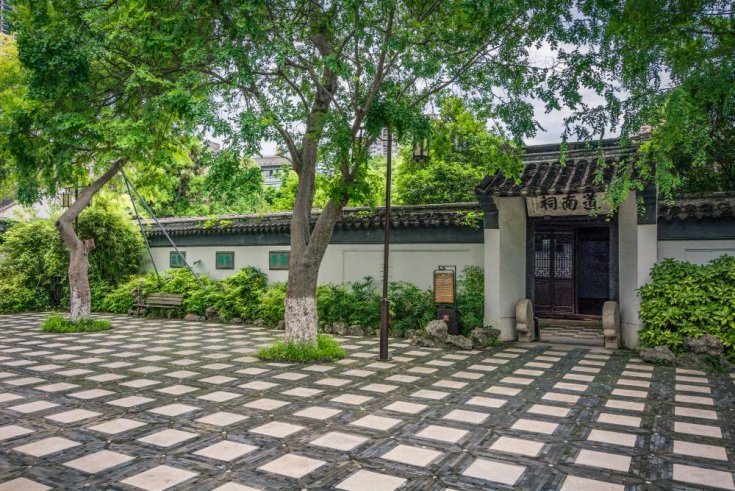
It’s one of the most classic homeowner dilemmas: you plant a tree, watch it grow tall and proud for decades until, one day, you notice the driveway starting to buckle. Cracks appear and spread; the once-smooth concrete begins to lift…
Read More
Customers have every right to wonder what a job will cost them, but this involves more than a direct question. Just calling in to ask the price of a tree removal, for instance, is not going to make anyone happy.…
Read More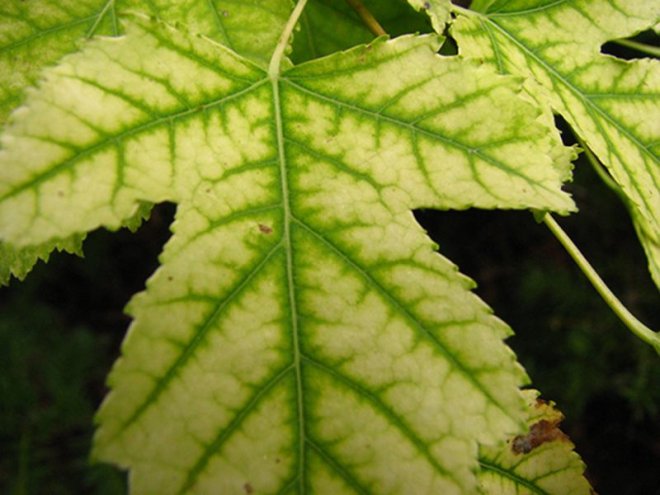
Iron Chlorosis in Trees Trees play a crucial role in the ecosystem, from purifying the air to improving curb appeal. However, many signs of tree damage go undetected, hence the need to schedule regular maintenance checks with a reputable tree…
Read More
The Hidden Dangers of Bagworms Bagworms are a type of moth larvae that can wreak havoc on trees and shrubs, causing severe damage and premature tree removal projects. Despite their small size and discreet appearance, these pests pose hidden dangers…
Read More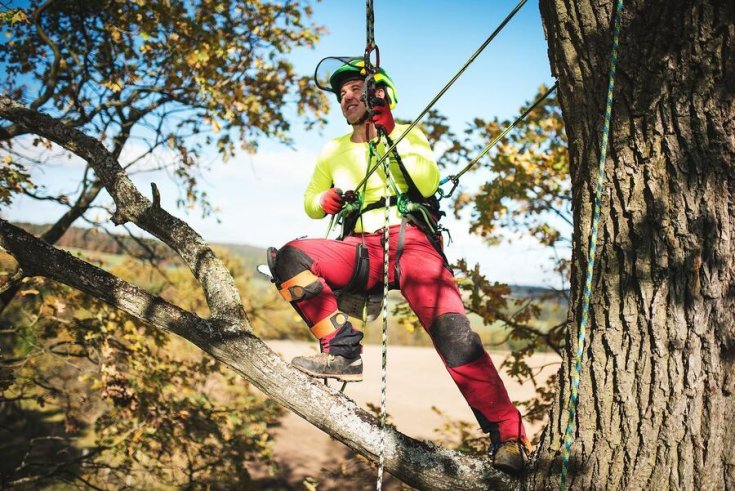
Tips and Techniques for Tree Removal Tree removal is a significant task that requires careful planning and execution to ensure safety and efficiency. Because of disease, hazard, or landscape redesign, proper techniques are crucial for a successful removal process. Driscoll…
Read More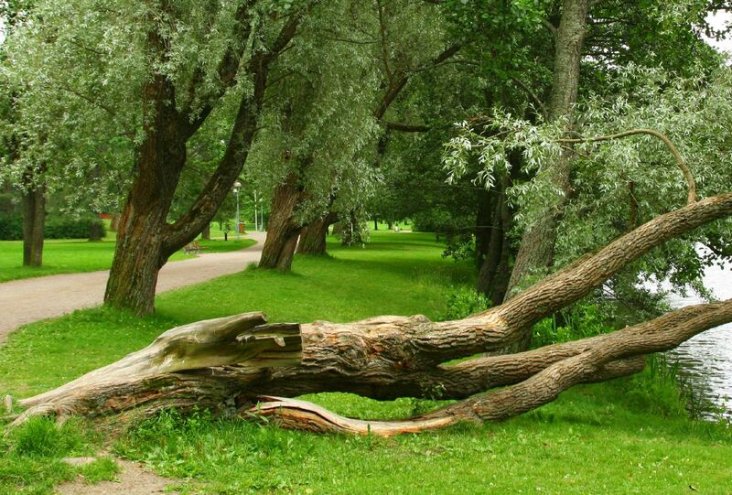
Why are My Tree Branches Falling Off? As the summer temperatures rise, the tranquility of your garden may be disrupted by branches falling off your trees. Unlike the more common storm or ice damage, these occurrences can leave you puzzled,…
Read More